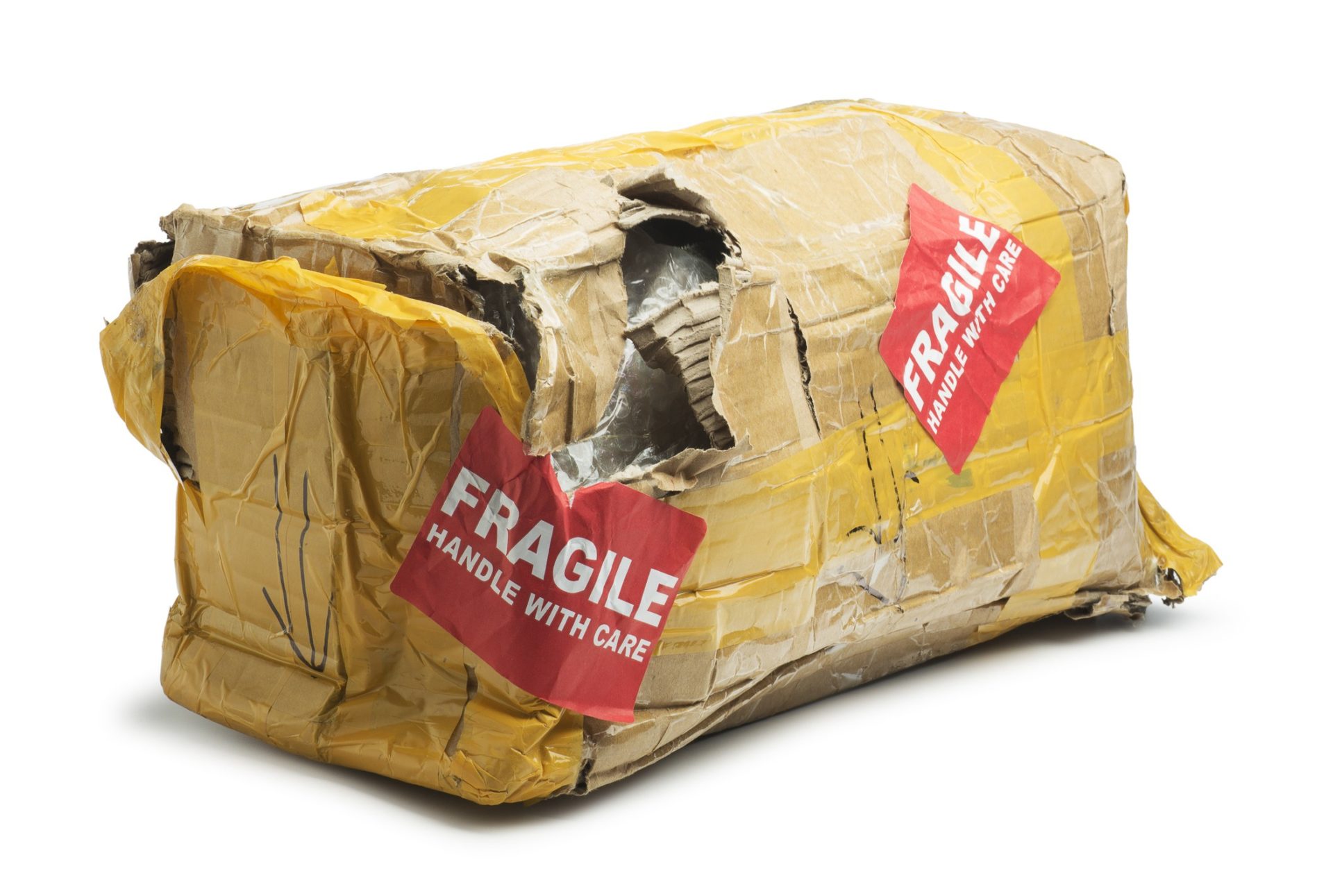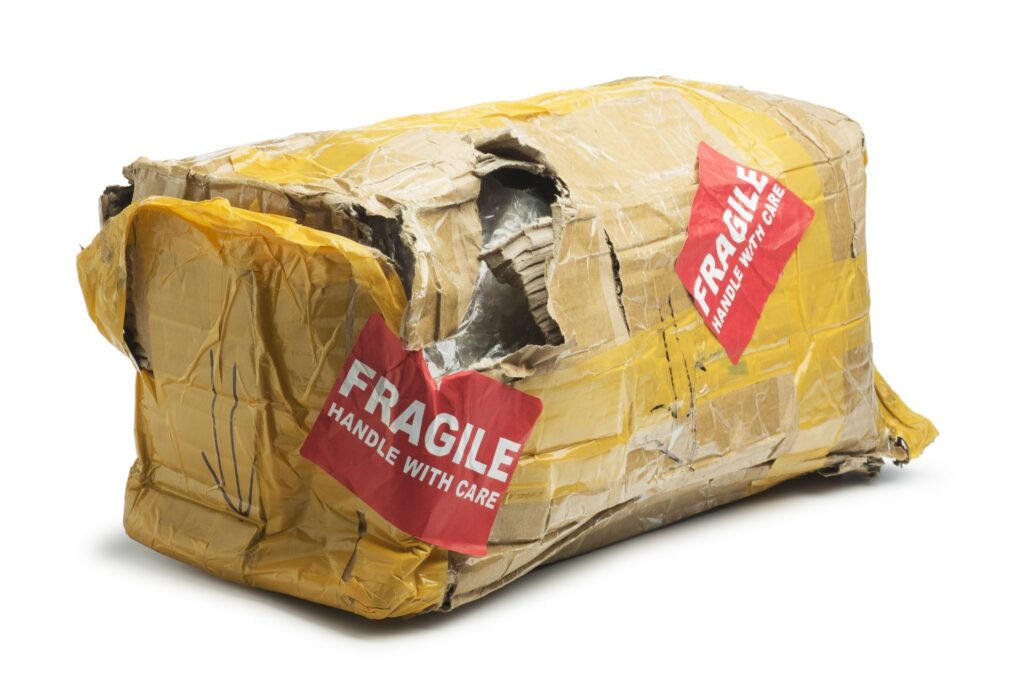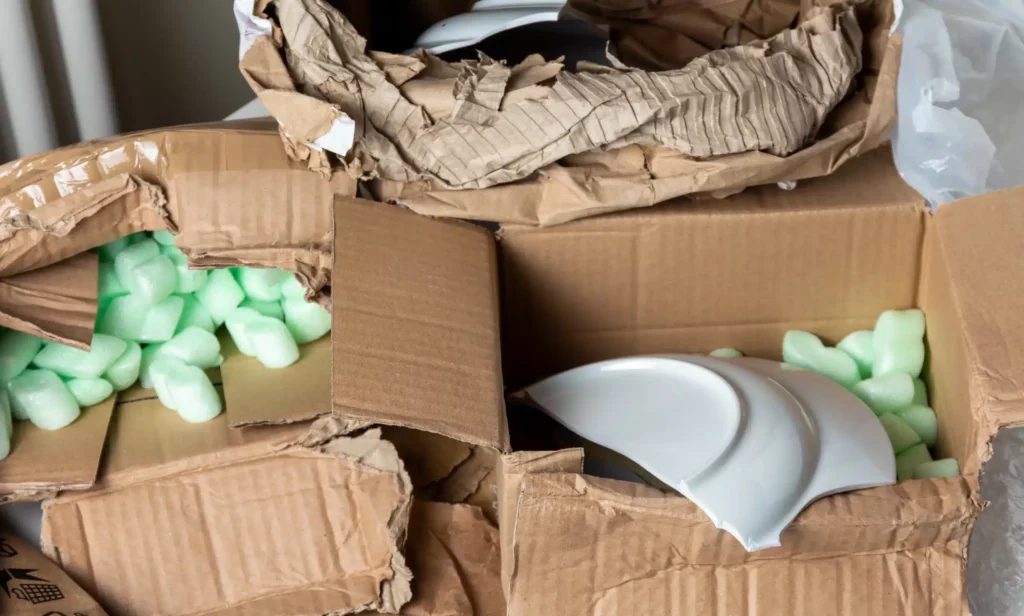
Shipping damages can be a significant headache for e-commerce businesses, leading to dissatisfied customers, increased costs, and potential damage to your brand’s reputation. However, there are practical steps you can take to minimize the risk of shipping damages and ensure that your products arrive at their destination in pristine condition. In this guide, we will explore effective strategies and best practices to prevent shipping damages, safeguard your merchandise, and enhance customer satisfaction.
What is shipping damage?

Shipping damage refers to the physical harm or destruction that goods or products can experience during the process of transportation from the seller or manufacturer to the customer. It is a common issue in logistics and e-commerce, and it can occur for various reasons, including rough handling, inadequate packaging, environmental factors, and more.
The 6 most common causes of shipping damages in ecommerce
Shipping damages can be a significant concern in the e-commerce industry, as they can lead to increased costs, customer dissatisfaction, and potential returns. Here are six of the most common causes of shipping damages in e-commerce:
Inadequate Packaging:
- Insufficient or improper packaging is one of the leading causes of shipping damage. Items should be well-protected with appropriate padding, cushioning, and sturdy boxes to prevent them from shifting or breaking during transit.
Rough Handling:
- Rough treatment of packages during shipping, either by the shipping company’s staff or automated sorting systems, can lead to damage. Fragile items are particularly vulnerable to this type of damage.
Temperature and Humidity:
- Extreme temperature and humidity conditions can affect the quality of products, especially perishable goods or those sensitive to environmental changes. Adequate insulation and protection are essential for such items.
Stacking and Compression:
- Stacking heavy items on top of fragile or delicate ones in a shipping container can result in crushing or breakage. This often occurs in situations where packages are not handled with care.
Inadequate Labeling:
- Incorrect or insufficient labeling can result in packages being mishandled or misplaced. Clear and accurate labeling, including fragile stickers, handling instructions, and destination details, can help prevent mishandling.
Delayed Shipping:
- Extended periods in transit can increase the likelihood of damage due to the increased opportunities for mishandling or exposure to adverse conditions. Fast and efficient shipping methods can help mitigate this risk.
To reduce the incidence of shipping damages, e-commerce businesses should prioritize proper packaging, work with reliable shipping carriers, and communicate clear handling instructions to reduce the risk of mishandling. Additionally, providing insurance options for customers can be a way to mitigate the impact of shipping damages.
How to prevent shipping damages?

Preventing shipping damages is crucial for e-commerce businesses to maintain customer satisfaction and reduce costs associated with returns and replacements. Here are seven key steps to help prevent shipping damages:
Quality Packaging
Ensure that items are packaged with high-quality materials, including sturdy boxes, bubble wrap, packing peanuts, foam, or other suitable cushioning materials. The packaging should provide adequate protection for the product inside.
Proper Product Fit
Use packaging that is appropriately sized for the item being shipped. There should be minimal empty space within the packaging to reduce movement during transit. The product should fit snugly within the container.
Fragile Item Identification
Clearly label fragile items with stickers or markings that indicate their delicate nature. This can alert shipping personnel to handle these packages with extra care.
Stack and Load Safely
When stacking items within a container, place heavier and sturdier items at the bottom and fragile or lightweight items on top. Secure items in place to prevent shifting during transit.
Use Appropriate Sealing
Seal packages securely with strong tape to prevent accidental openings. Consider using tamper-evident tape or seals for added security.
Double-Boxing for Fragile Items
For extremely fragile or valuable items, consider double-boxing. Place the product in one box with cushioning material, and then put this box within a larger, well-padded outer box.
Choose Reliable Carriers
Select reputable shipping carriers known for their careful handling of packages and reliable service. Consider carriers that offer insurance options for added protection.
In addition to these steps, it’s essential to provide clear instructions to your shipping team or partners regarding the handling of fragile items and the importance of careful treatment during shipping. Regularly assess your packaging and shipping processes to identify any potential areas for improvement. Customer feedback and damage reports can also help you identify issues and refine your shipping procedures to prevent future damages